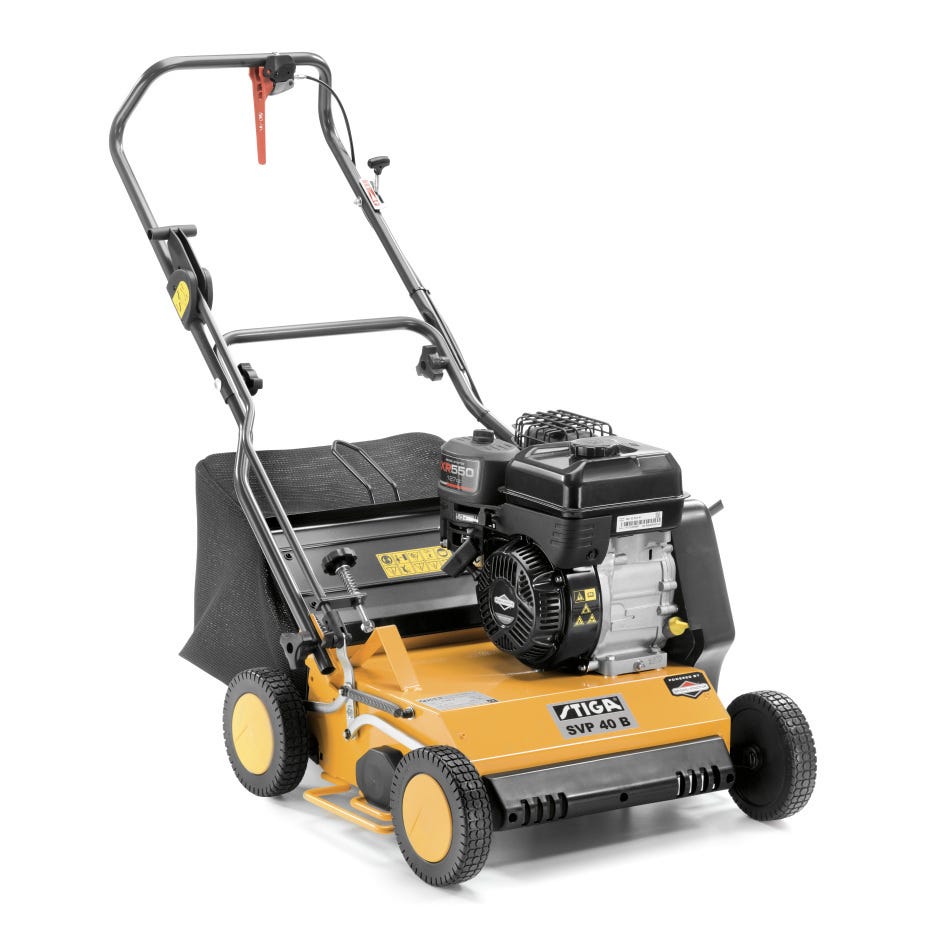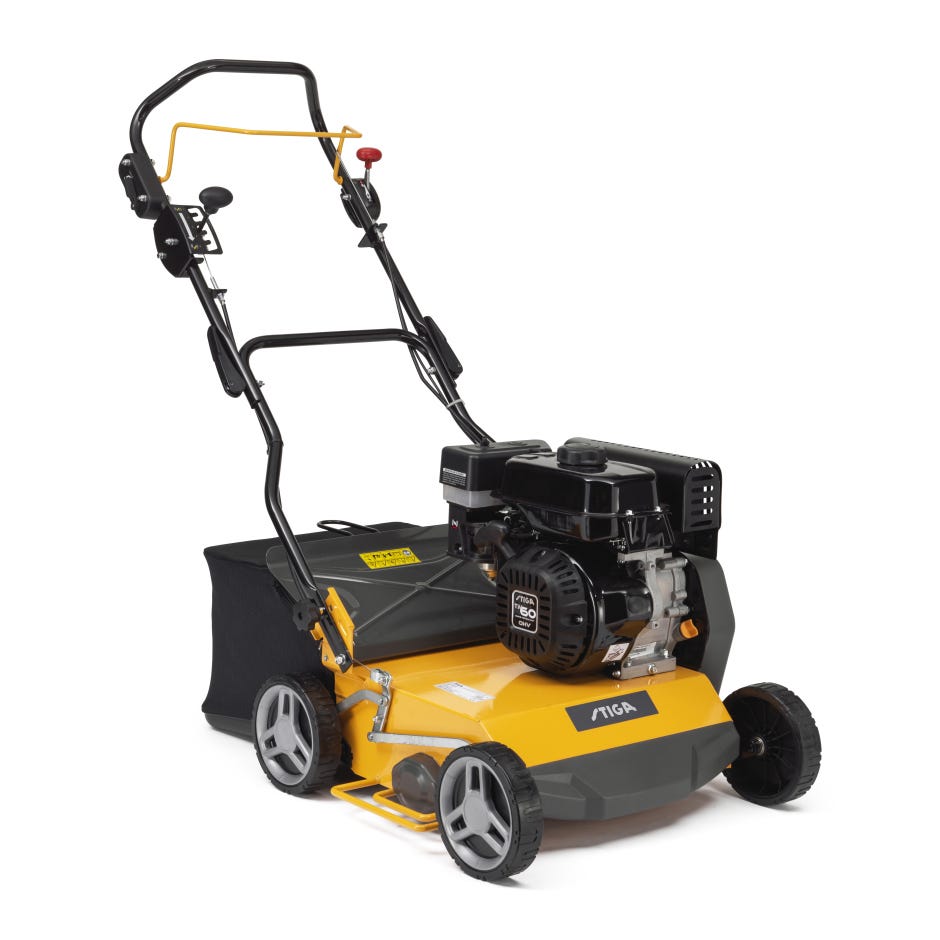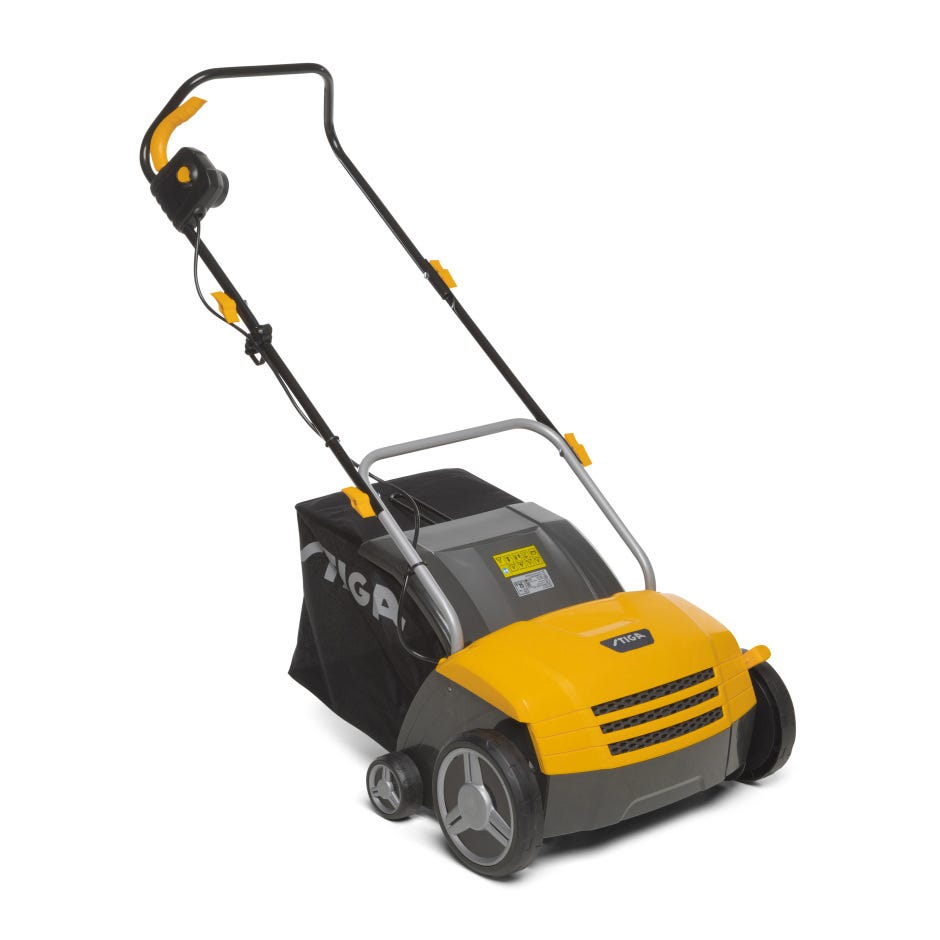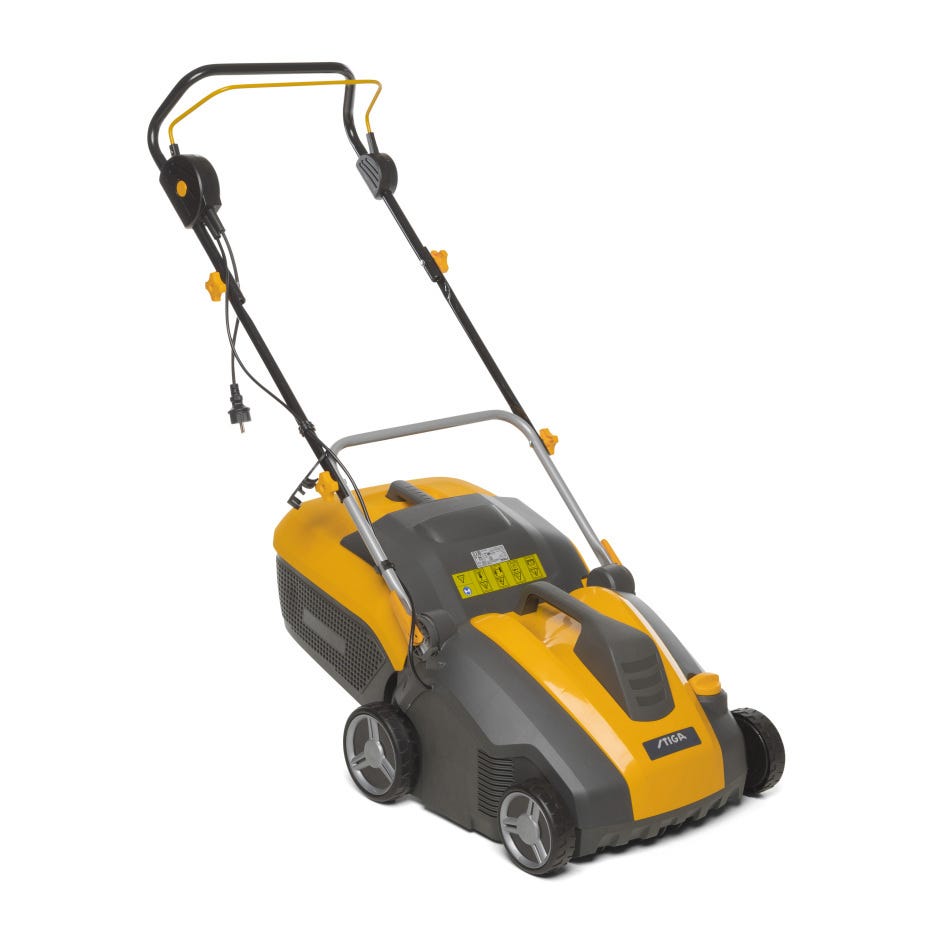- Maintenance tips & tricks
- 4-season garden care advice
- News from the gardening world
- STIGA innovations & new product launches
How to recognise when and how to scarify the lawn.
If you use a robot lawn mower, do you require frequent scarification? The correct response is ‘’it depends on whether your lawn has ‘’true or false thatch.’’. Let's explore it together!

There’s a belief that when using a robot mower or a mulching mower, scarification needs to be done more frequently to clear the soil from organic material and other debris that could suffocate the soil and therefore damage the lawn. It is not true. Scarification isn't linked to the type of mower used but rather to the type of lawn and the presence of thatch in the garden.
False or true thatch
“True thatch”
“True thatch” is made up of a mix of organic debris such as roots, leaves and stems. While not visible, upon touching the lawn, it becomes recognisable creating a soft cushion that benefits everyone in the garden, including the lawn itself. Thanks to its biological balance, it is key as a lawn and soil protector. “True thatch” should only be removed when it gets too thick (over 1 cm)
“False thatch”
False thatch is made up of dry leaves, lawn debris and other organic matter. It damages the lawn because it can suffocate the soil and makes it harder for water to penetrate in the ground, therefore it needs to be removed. The accumulation of “false thatch” is often caused by incorrect mowing frequency or incorrect mower use.
How to identify “false thatch”?
“False thatch” can be identified through a simple test.
Take a lawn rake and run it over the lawn
- If it results in an aggregation of a sort of straw material, it indicates the presence of “false thatch” which needs scarification;
- If it only collects lawn or dry leaves, there is no “false thatch”.
Which accessory to use for scarification
When scarifying the lawn, it is key to consider the grass type to determine the most suitable accessory required while scarifying.
Microthermal grass: these grass types tend to produce a high quantity of “true thatch” which, if in excess, needs to be removed through scarification. The suggested accessory to use in this case is spring tines, included in both STIGA electric scarifiers. Avoid using blades, as this can damage the lawn too much.
Macrothermal grass: these grass types can be scarified using the blade accessory, included in all STIGA electric scarifiers, both electric and petrol models.
Using blades instead of spring tines can also help the lawn to regenerate, as the cuts done by the roller can increase the number of growing grass buds.

























